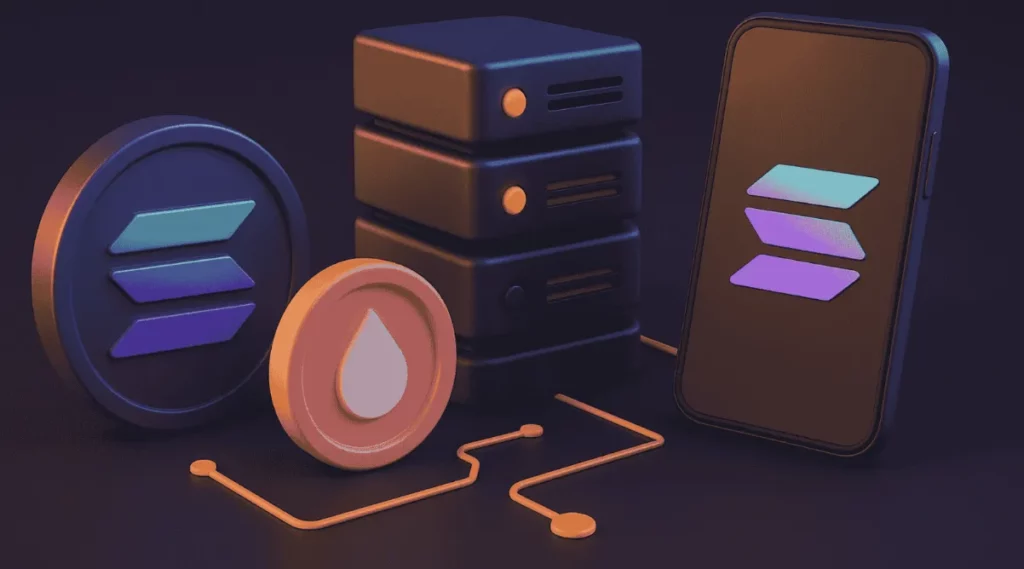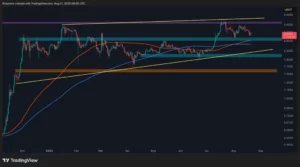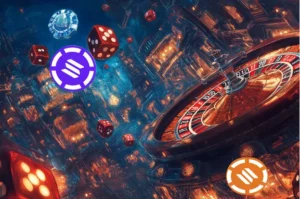
Title: Solana NFT Guide 2025: Projects, Trends, and What Comes Next for the Fastest Blockchain
Solana has emerged as a dominant force in the blockchain space, especially in the realm of non-fungible tokens (NFTs). As the fastest blockchain in the world, Solana’s unique selling proposition lies in its unparalleled speed and ultra-low transaction fees. This fast-paced environment has given rise to an explosion in NFT projects, with thousands of collections across various verticals such as art, music, gaming assets, and AI-generated collectibles.
The Solana NFT ecosystem is a far cry from the 2022–2023 lows when gas fees on Ethereum made high-value transactions virtually impossible. Today, Solana has overcome this limitation by providing an environment where users can mint, trade, and swap coins for fractions of a cent. This accessibility has encouraged experimentation, fostering innovation and creativity among developers, creators, and collectors alike.
Meme coins have become increasingly popular, with most projects launching on Solana due to its speed advantage over Ethereum. The likes of BONK, WEN, and SLERF, which began as jokes, have rapidly evolved into full-fledged communities with NFT integrations, staking, and liquidity incentives. In a market where real-time interaction is crucial, Solana’s ecosystem has proven that it can handle high-volume activity, making it the go-to choice for viral token launches.
Staking SOL remains central to the network, as it does not only provide security but also offers reliable sources of yield, especially to long-term holders. The process of staking is now simpler than ever, with tools like Phantom Wallet’s native interface, Solflare’s advanced validator dashboard, and mobile apps such as Backpack and Nightly allowing users to delegate their SOL for a yield ranging from 6-7% annually.
Moreover, the rise of liquid staking protocols has introduced flexibility and scalability in staking activities. These protocols provide staked SOL derivatives that can be used in decentralized finance (DeFi) applications while still supporting network security. This shift further empowers creators, collectors, and developers to engage in a wide range of use cases.
The Solana ecosystem has also witnessed the rapid growth of DeFi integrations, enabling users to collateralize rare collectibles, fractionalize ownership, and earn staking rewards. Furthermore, integration with real-time data indexing platforms like The Graph and Helius is allowing for NFT dashboards, real-time analytics, and programmable NFT-based experiences.
In conclusion, Solana’s journey from a high-speed Ethereum competitor to a complete blockchain ecosystem has been nothing short of remarkable.
Source: www.allcryptowhitepapers.com


